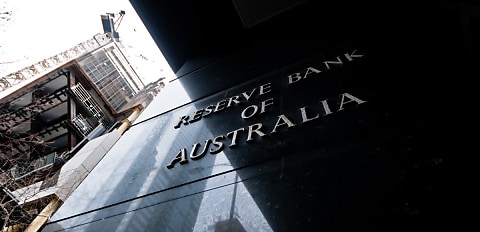A 20 per cent increase in home-building costs over the past year alone has added close to 2 percentage points to headline inflation, RBA Governor Philip Lowe outlined at today’s (8 September) Inflation and the Monetary Policy Framework address.
Speaking at an Anika Foundation event, Governor Lowe said more attention needed to be paid to developments in individual sectors given, “...what is happening at the sectoral level is important in influencing the overall inflation dynamics in our economy – it's not just the aggregates that matter.”
“Resources don't move freely between sectors, which means that the composition of demand and supply is important, not just the overall level of demand.”
Referring to both global and national energy price lift [as a sector] explains some of the surge in inflation, “...it is by no means the full story.”
He added that while standard workhorse models of inflation progress in understanding this surge, these models “...fall well short of explaining the magnitude of the lift in inflation and, in my view, face some real challenges.”
“One of these challenges is that the focus on the aggregate output gap is insufficient in a world in which shocks are highly uneven across sectors. We need to pay more attention to developments in individual sectors”
“This lift in inflation has come as a surprise,” he admitted, amid calls for his resignation from some political corners following five consecutive cash-rate increases with the latest September rate up another 0.5 per cent to 2.35 per cent.
“A year ago, the RBA was forecasting that inflation over 2022 would be just one and three quarter per cent. Now, we are expecting CPI inflation this year to be around seven and three quarter per cent. This is a very big change and a very large forecast miss.”
“Forecast misses of this scale should lead to soul-searching by forecasters and they certainly have at the RBA.
“It is important that we learn from this and improve our understanding of the inflation process,” he explained.
New home build price costs up
Very strong demand in this sector - partly due to low interest rates and government grants totalling up to $35,000 for some first home buyers - came up against COVID-related problems on the supply side, the Governor explained.
“The result was a big jump in prices, which has had a material impact on the overall inflation rate in Australia.”
“After a number of years in which inflation was below target, it is now considerably above target and is expected to go higher still in the short term.
“The extent of this turnaround in inflation has come as a surprise to many, including us,” he conceded.
Flexible inflation targeting guiding RBA decisions
“Since the early 1990s, our operating definition of ‘price stability’ has been that inflation averages 2 point something per cent. At this level, inflation is something that most people don't normally need to worry about.”
“In my view, flexible inflation targeting has served Australia well and remains the best monetary policy regime for Australia.
There are, though, some elements of the design of our flexible inflation target that could helpfully be looked at as part of the current Review, he raised.
He explained these were the appropriateness of 2-3 per cent inflation as the ‘nominal anchor’ and “...how to best think about the ‘flexible’ part of flexible inflation targeting.”
“Flexibility means that the Board's decisions are not determined by a rule – we have the flexibility to achieve the broad objective of price stability in a way that maximises welfare.
“A more rules-based, or highly parameterised approach, to monetary policy would provide less scope to respond in this way.”
“There is, though, a question here about accountability. Given the flexibility, the Bank's performance is sometimes hard to judge at any single point in time.
“This can complicate the task of holding us to account,” he stated.
